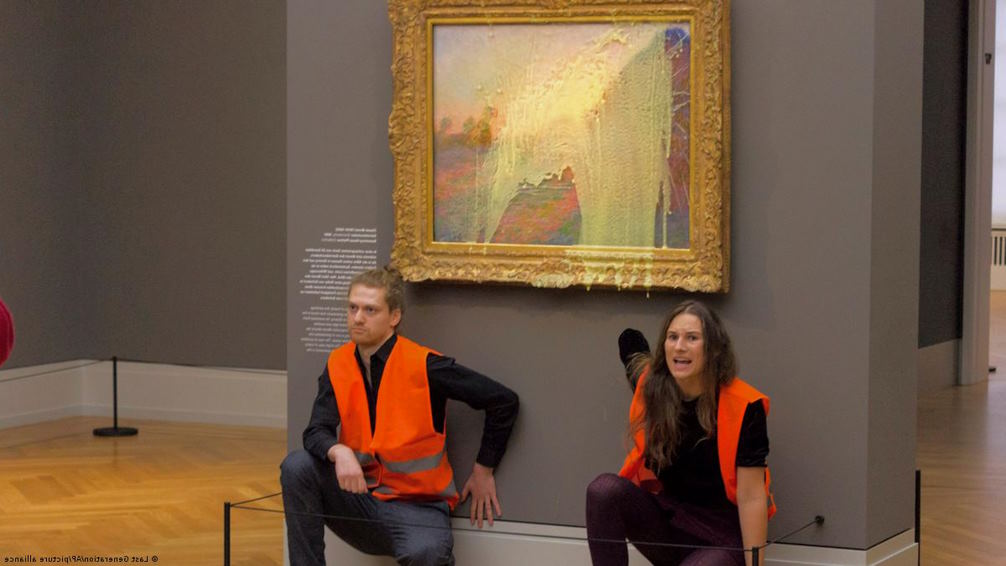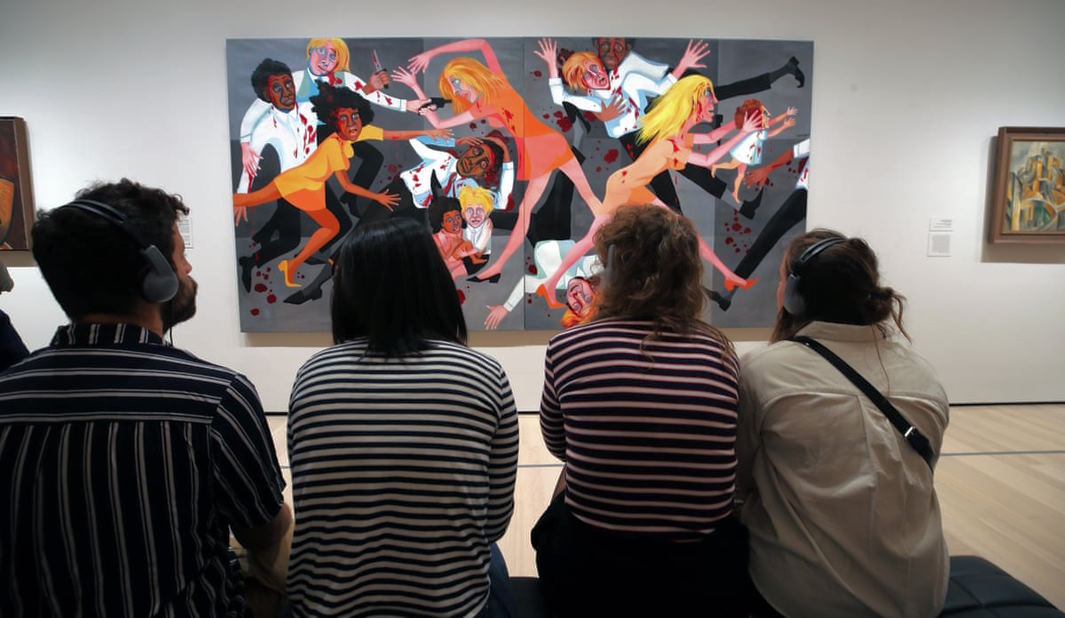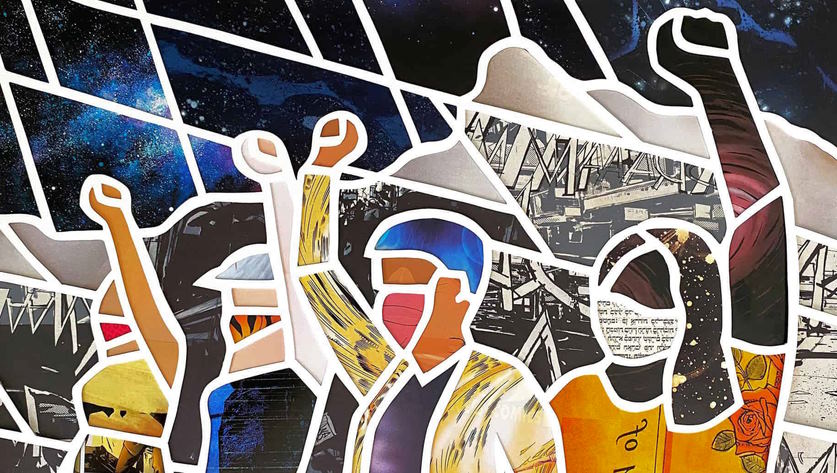Contemporary European art has long been recognized as a powerful form of expression that reflects the cultural, social, and political concerns of its time. In recent years, this art form has increasingly become a vehicle for political activism, challenging social and political systems and inspiring social change. From migration and displacement to environmentalism and social justice, contemporary European art is engaging with some of the most pressing issues of our time. Through case studies and an analysis of key themes, we aim to demonstrate the power of art as a tool for political change and the challenges that artists face in navigating the complex terrain of activism and artistic expression.
Themes in Contemporary European Art and Political Activism
Contemporary European art has tackled a wide range of social and political issues in recent years, with themes ranging from migration and displacement to environmentalism and social justice. One of the most pressing issues of our time is migration and displacement, and artists are using their work to challenge attitudes and policies towards refugees and immigrants. For example, the works of Ai Weiwei and Kader Attia address the plight of refugees and the impact of migration on individual lives and societies.

Gender and sexuality have also been important themes in contemporary European art, with artists like Barbara Kruger and Kara Walker exploring issues of power, representation, and identity. Kruger’s work often addresses gender and sexuality through the use of text and images, while Walker’s works address the legacies of slavery and colonialism in relation to gender and sexuality.
Environmentalism and climate change have also emerged as key themes in contemporary European art, with artists like Olafur Eliasson and Superflex using their work to raise awareness about the urgent need for action. Eliasson’s work focuses on sustainability and the impact of human activity on the environment, while Superflex’s installations explore alternative forms of energy and the relationship between art and activism.
Finally, racism and social justice are critical themes in contemporary European art, with artists like Kerry James Marshall and Kara Walker exploring the impact of racism on individuals and society. Marshall’s works challenge dominant narratives of blackness in Western art, while Walker’s works explore the intersection of race, gender, and power. Overall, these themes demonstrate the important role that contemporary European art plays in shaping public discourse and promoting social change.
Impact of Contemporary European Art on Political Activism
Contemporary European art has had a significant impact on political activism, with artists using their work to raise awareness, promote action, and challenge the status quo. One way in which art influences political change is by serving as a catalyst for social change. Through their works, artists can ignite public debate and encourage critical thinking about social and political issues. The works of Banksy and Ai Weiwei, for example, have prompted discussions about freedom of expression, human rights, and government accountability.

Art also serves as a platform for marginalized voices, allowing artists to address issues that may be overlooked by mainstream media and politics. By highlighting the perspectives of marginalized groups, artists can bring attention to important issues and promote social justice. The works of Kara Walker and Kader Attia, for instance, confront the legacy of colonialism and the experiences of refugees and migrants, highlighting the voices of those who are often silenced.
Furthermore, art can be a tool for raising awareness and promoting action on political issues. Artistic works can inspire public action, encouraging people to take to the streets and engage in political activism. The works of Superflex and Olafur Eliasson, for instance, aim to promote environmental sustainability, inspiring people to take action on issues related to climate change and sustainability.
Overall, contemporary European art has played a crucial role in shaping political activism and promoting social change. Through their work, artists can serve as catalysts for social change, platforms for marginalized voices, and tools for raising awareness and promoting action on important political issues.

